Content from the Brookings Institution India Center is now archived. After seven years of an impactful partnership, as of September 11, 2020, Brookings India is now the Centre for Social and Economic Progress, an independent public policy institution based in India.
This article first appeared in Live Mint. The views are of the author(s).
The successful test of the Hwasong-15 missile by North Korea has triggered several consequences, intended and unintended: First, Kim Jong Un has demonstrated the capability to potentially strike the US mainland with nuclear weapons. Second, the achievement has made the moniker of ‘Rocket Man’ (disparagingly used by US President Donald Trump) a reality. Third, North Korea has turned out to be China’s Frankenstein, much to the chagrin of Beijing. Finally, Kim’s actions, and the contradictory responses of Washington, have made the region an atomic powder keg waiting for a deliberate, inadvertent or accidental spark to blow it up.
The imbroglio over a nuclear armed and very dangerous North Korea, involving the US, China and South Korea, epitomizes this peril. The present crisis is only the latest manifestation of a long-drawn entanglement that can be traced back to the 1950 Korean War. The war, which ended in 1953 with an armistice, but not a peace treaty—the belligerents are legally still at war—lies at the root of today’s confrontation.
Following the Korean War, the two camps, unsurprisingly, had different objectives. These differences have endured, despite the Sino-US rapprochement in 1971-72 and the end of the Cold War, and have prevented a resolution of the nuclear challenges in Northeast Asia.
The US objectives were: first, to ensure that the entire Korean peninsula did not become part of the Sino-Soviet axis; second, to provide security to South Korea; and third, to ensure that the peninsula remained nuclear-weapon free. Consequently, the US signed a mutual defence treaty, deployed troops in South Korea, and provided a nuclear umbrella. Simultaneously, the US also ensured that South Korea remained faithful to its non-proliferation pledge.
The objectives of the Sino-Soviet bloc, particularly Beijing, were: first, to rebuff US efforts to unite Korea and ensure that a Communist North Korea remained as a buffer. Second, to inevitably accept the hereditary Communist set-up in North Korea and to ensure the survival of the regime. Third, to prevent nuclear proliferation on the peninsula as long as it served the first two objectives. Indeed, proliferation was tolerated as it was seen to support the key objectives.
Consequently, North Korea signed a treaty of friendship and cooperation with both the Soviet Union and China in July 1961. Both treaties called for military assistance in case of an attack and provided a nuclear umbrella to North Korea. After the Cold War, Russia refused to renew its treaty, which lapsed in 1995. However, China and North Korea renewed their treaty in 2001 for another 20 years till 2021. The renewal notwithstanding, Pyongyang had already initiated its nuclear weapons programme, declared its intent to withdraw from the nuclear non-proliferation treaty (in 1993), withdrawn formally in 2003, and tested its first nuclear weapon in 2006. Since then, North Korea has conducted six tests, the latest one in September 2017. Today, all that stands between North Korea becoming a nuclear armed state is a re-entry vehicle that would allow the missile’s warhead to return to earth intact.
To read more, please click here.
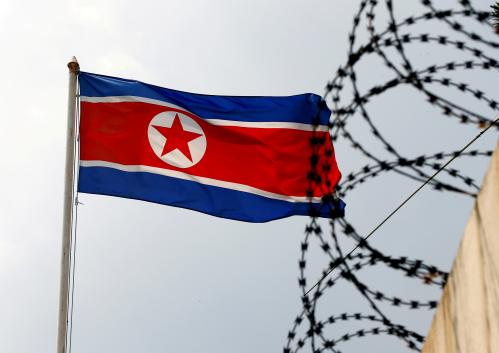

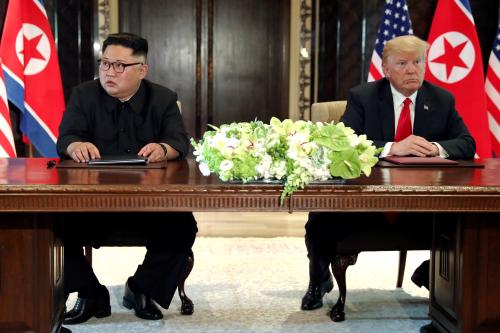
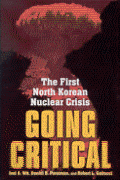
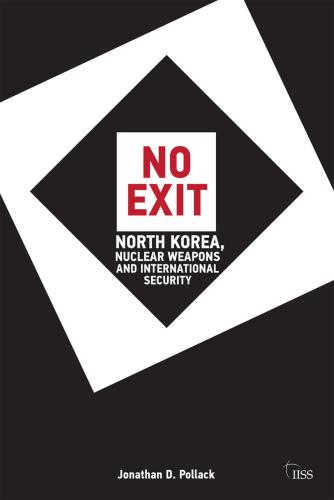
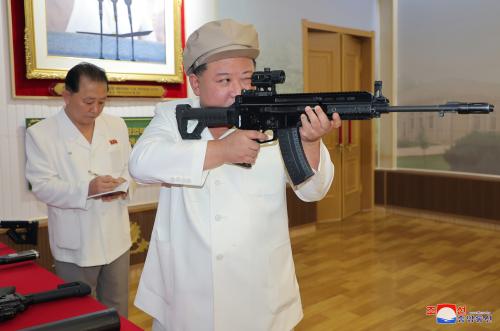
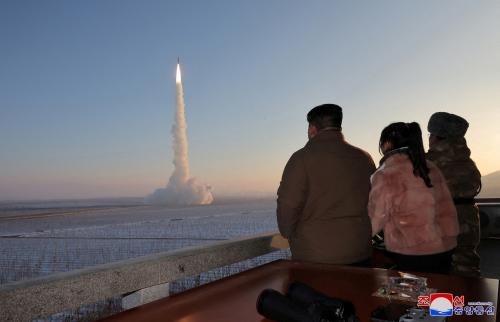
Commentary
Op-edChina’s Frankenstein: ‘Rocket Man’
December 4, 2017